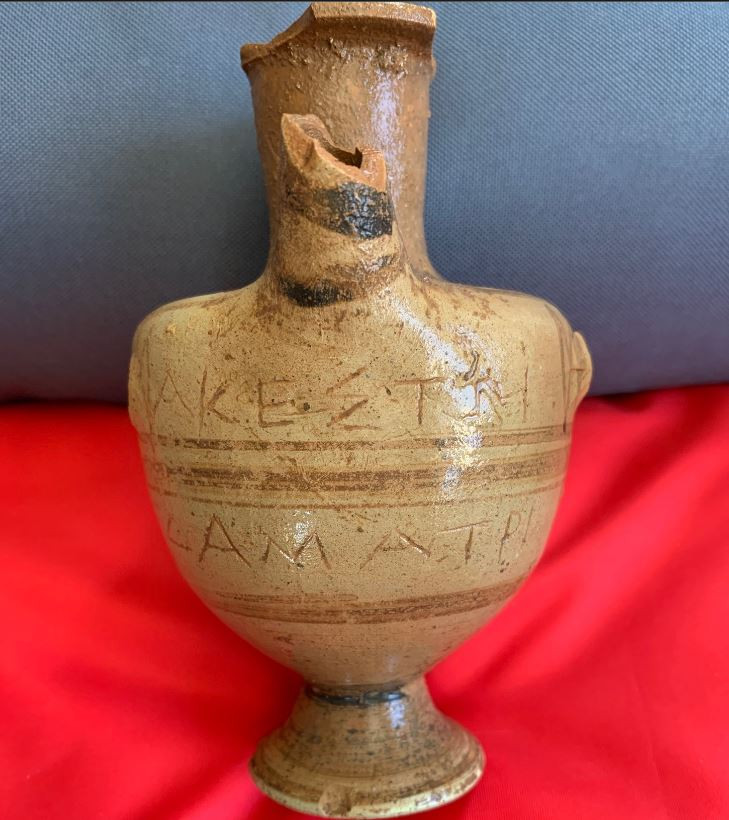See what the excavation of the central area of the ancient temple of Demeter brought to light
Finds mainly from the archaic times brought to light the excavation of the central area of the ancient temple of Demeter in the acropolis of Falasarna. As stated in the relevant announcement of the Ministry of Foreign Affairs, daedalic art seems to dominate in the early Archaic period (650 BC) in the form of nude female figures with daedalic headdress and high pole.
From the findings of the 6th c. e.g. single out Egyptian and Phoenician glass objects, terracotta bird and animal figures, arrowheads and spearheads, miniature vases, enthroned female figures, and a female figurine holding a poppy and pomegranate. Regarding the findings of the 4th and 3rd c. BC, the hydriskas stand out, a beaked ritual prochos with a red representation of a flying love, iron spikes and alabaster vessels.
According to information from the Ministry of the Interior, Mr temple was located on a rocky hill at the junction of two high mountain peaks in a natural cave with abundant water, but which once collapsed. After the destruction of the cave, the entire rocky knoll functioned as an open-air sacred place for the worship of a chthonic deity, associated with earth, water, fertility and in general the power of water as a source of life. This is inferred from the hundreds of clay figurines of female figures, enthroned deities, pole heads resembling the goddess Demeter, miniature hydras and water-carrying women, all typical finds in sanctuaries of the ancient goddess Demeter.
The architectural structure of the temple that is preserved today was rebuilt with stones for a second use in the late 4th/early 3rd century. e.g. on the same rock, where the cave and the earliest worship existed. The mosque is defined by an enclosure that is mostly preserved, except for a part that seems to have been destroyed by a huge boulder. A monumental staircase led to two single-room buildings with a common intermediate wall, and a common parapet wall on the north side. The eastern building was the main temple building, while the western one probably served as an auxiliary structure. A door in the eastern part of the adytos led to an outdoor area, where the sacrifices were made.
The sanctuary of the temple had a tiled floor, like the other floors of the temple. On the floor there were five offering cases, inside which were revealed vases of good quality with elegant shapes, some of ceremonial character, one of which was inscribed in the Doric dialect with the name of the goddess to whom the temple was dedicated: AKE S T O I D A M A T R I , Akestoi dedicates to the goddess Demeter.
Inscribed hydrant with the name of the Goddess Demeter engraved / Photo Min. Culture
The excavation was carried out under the supervision of the Ministry of Culture and Sports and the support of the Director of the Ephorate of Antiquities of Chania Dr. E. Papadopoulou, while among others the archaeologist of the Ephoria dr. Michalis Milidakis and the master craftsman K. Mountakis.
Read the News today and get the latest news.
Follow Skai.gr on Google News and be the first to know all the news.
I am Terrance Carlson, author at News Bulletin 247. I mostly cover technology news and I have been working in this field for a long time. I have a lot of experience and I am highly knowledgeable in this area. I am a very reliable source of information and I always make sure to provide accurate news to my readers.












